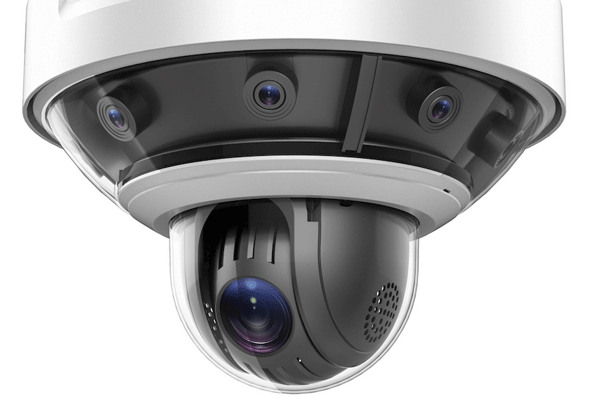Technological developments in improving road safety are leading to newer and better methods of road monitoring.

The introduction of a panoramic camera and other new technological developments may soon improve freeway incident detection on South Africa’s roads.
The South African National Roads Agency (SOC) Limited (SANRAL) is piloting a panoramic CCTV camera at the N2/ R300 Swartklip Interchange, in Cape Town, which is notorious for high rates of incidents.
The camera uses multiple image sensors and stiches different videos together to get 360° coverage. This is done by analysing the edges of adjacent videos, looking for similarities, and then stitching them together where they overlap.
This technology will give the Freeway Management System (FMS) operator an immersive view of the area.
With increased visibility, operators will be able to monitor the whole area from a bird’s-eye view, providing vital and real-time information to emergency personnel on-scene.
Operators will then also be able to predict potential secondary incidents that may impact traffic flow negatively.
The project is being run by SANRAL’s Technical Innovation Hub.
LEDs better than cat’s eyes
Reflective road studs, known as cat’s eyes, have been used for more than 40 years to improve visibility and provide guidance to motorists travelling at night on South Africa’s roads.
The problem is that they rely on a car’s headlights for illumination. This means they only assist a driver when they are lit up by the vehicle’s headlights. Light emitting diode (LED) road studs, on the other hand, use stored energy to light up in low visibility. Motorists are able to see them up to 1 000m ahead.
LED road studs make use of small solar (photovoltaic) panels to charge during the day. When the light on the panels is reduced at night, during mist or heavy rain, the road studs will turn on. They do not require special timers, reacting to the light conditions in their immediate location.
The use of LED road studs greatly improves a driver’s reaction time to potential hazards or sudden changes in road alignment.
Drones
Engineering-grade surveys can be conducted using remotely piloted aircraft systems (RPAS Photogrammetry) – better known as drones. This allows for the accurate, comprehensive capture of geospatial, topographical and engineering survey data along roads.
This in turn helps engineers design safer roads.
Drones are also well suited for use in the management of incidents that have an impact on roads such as fires, floods and earthquakes. They can assist in the detection, intervention and post-incident monitoring of such incidents.
Because drones can be equipped with all kinds of sensors and equipment such as chemical sensors and infrared cameras, they are also useful in monitoring traffic trends such as the level of service, intersection operations, origin destination flows and real-time traffic data.

